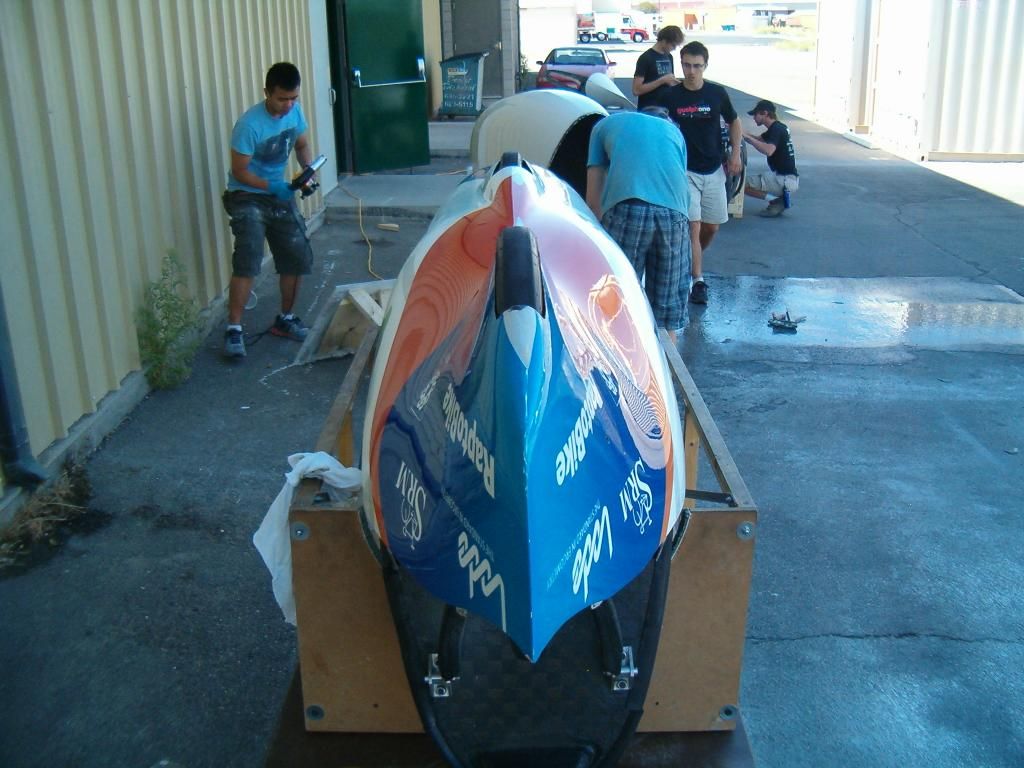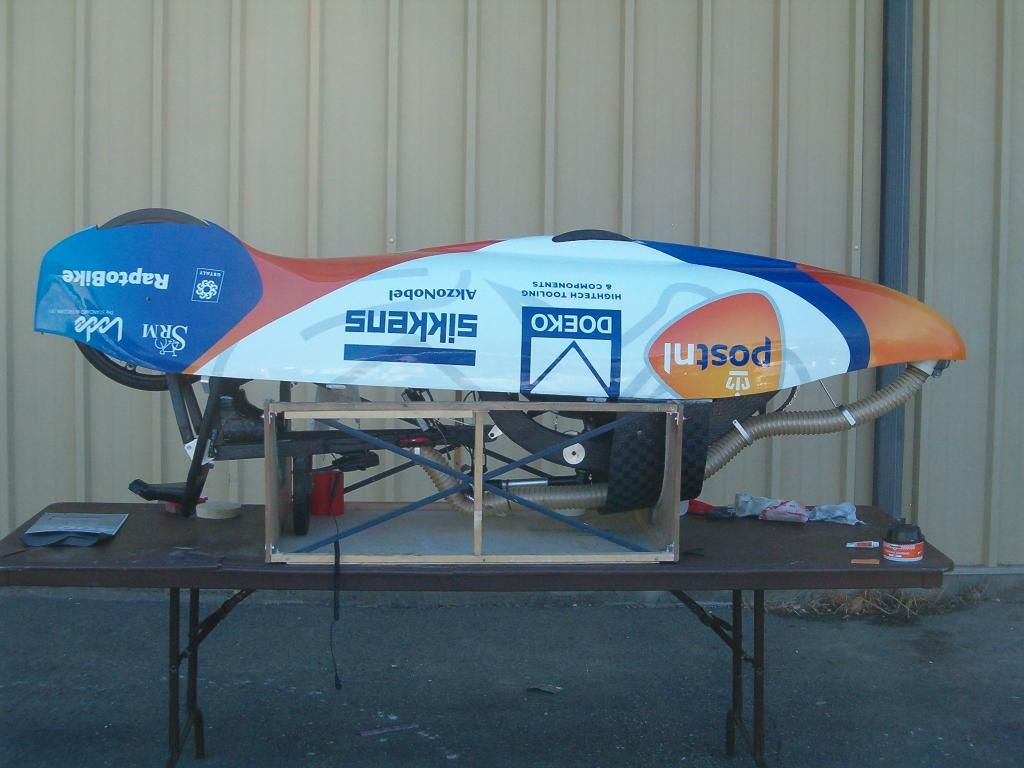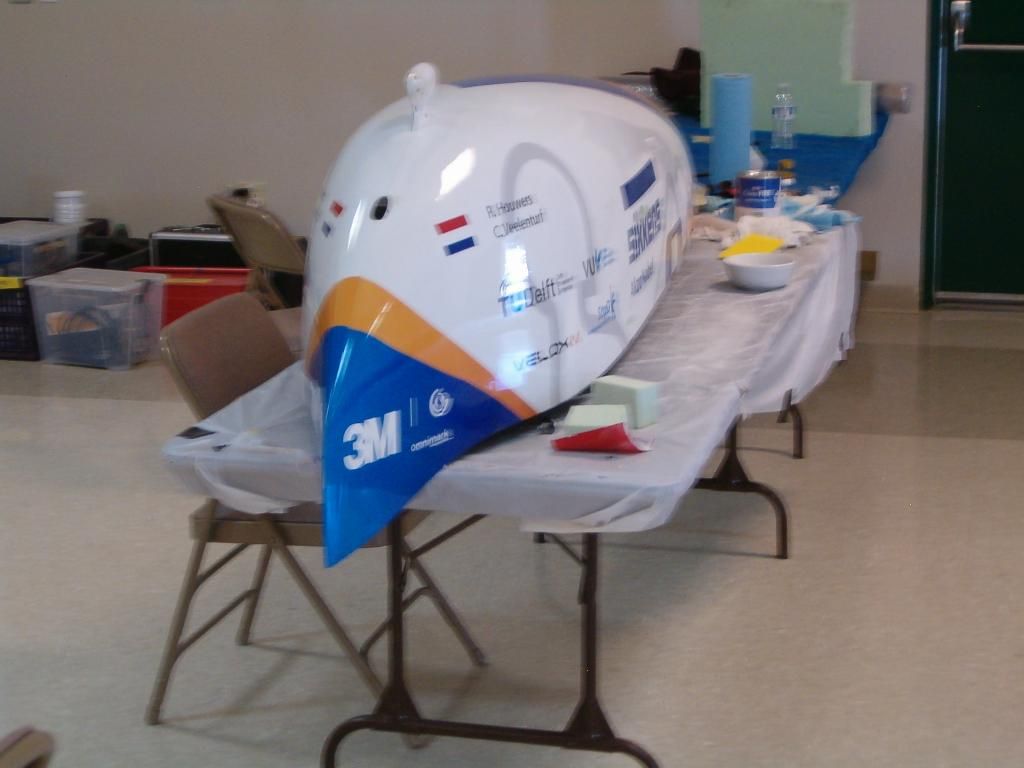Quote:
Originally Posted by gafhj

That's interesting. I used to think that Eivie was the best design out there, just limited by the riders (there were 2, Damjan Zabovnik, but also Francesco Russo had a bike like that built together with Damjan). Much closer to tear drop than Eta of VeloX as well as lower frontal area. There's a wheel far in the front which is not good though.
Still, I've seen people explaining its uniqueness by being too extreme for most riders. Sounded reasonable enough, I hadn't questioned it.
But according to what you report, the design may simply be inferior in low wind (which is probably the only state that matters when setting records).
Could you tell more about the Delft comments? Can you share your thoughts too?
Added:
On a related, but separate topic, have they talked about their gripes with CdA measurements in their wind tunnel?
I ask because on their blog they say:
I ask mainly because the current record holder for the lowest ground vehicle Cd is Ecorunner V from another Delft team. The said fluctuations make me have my reservations about whether Ecorunner V really has drag so low. |
*Hucho (PhD Mechanical Engineering,he ran VW's climatic wind tunnel for 10-years,he wrote the book on aerodynamic optimization) says that the theoretical drag minimum for an automotive body,with 'normal' ground clearance,respecting SAE clearance issues would be on the order of 0.08 with perfect wheel integration.This presumes an entirely turbulent boundary layer above around 20-mph.
*The Delft team is flirting with 'laminar' bodies which presume low Reynolds numbers which can only occur with small,short bodies of rearward-biased maximum cross-sections ( 1st minimum pressure),and completely calm conditions (like flight values for a wing or fuselage many thousands of feet above the ground,above the 'weather').
*If the Delft body is in 'traffic',or if there is any crosswind,it will experience crosswind contamination which immediately forces a transition to a turbulent boundary layer ahead of it's 1st minimum pressure location; or if in ground wind,it will be submerged in Earth's turbulent boundary layer,which forces the LBL to TBL trasition.
*The ultra-low-drag of the LBL body defaults to a TBL drag coefficient based upon it's local Reynolds number.
*Delft's Cd 0.055 might become Cd 0.08 at Battle Mountain,as I believe that a' legal wind' is up to 8-mph,and usually a crosswind during IHPV Speed Trials.
*Their bodies are widest far back,helping to keep the front in a positive pressure regime

*If they're blown off the track and scratched up,as in 2014,they have to refinish the damaged area,since as little as a bug splatter can render the LBL impotent


*A TBL racebike would just continue racing with all the cosmetic damage,unaffected.